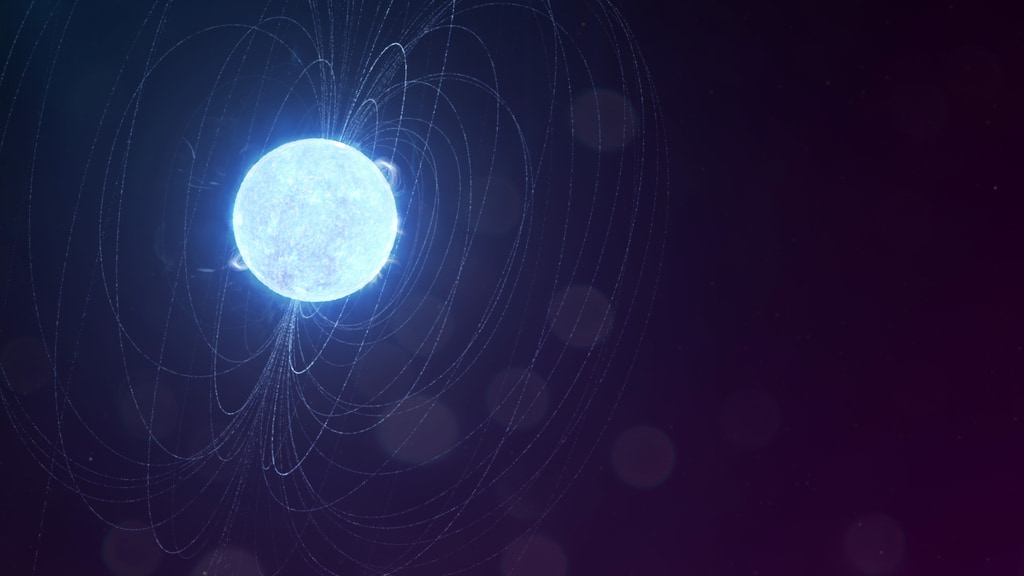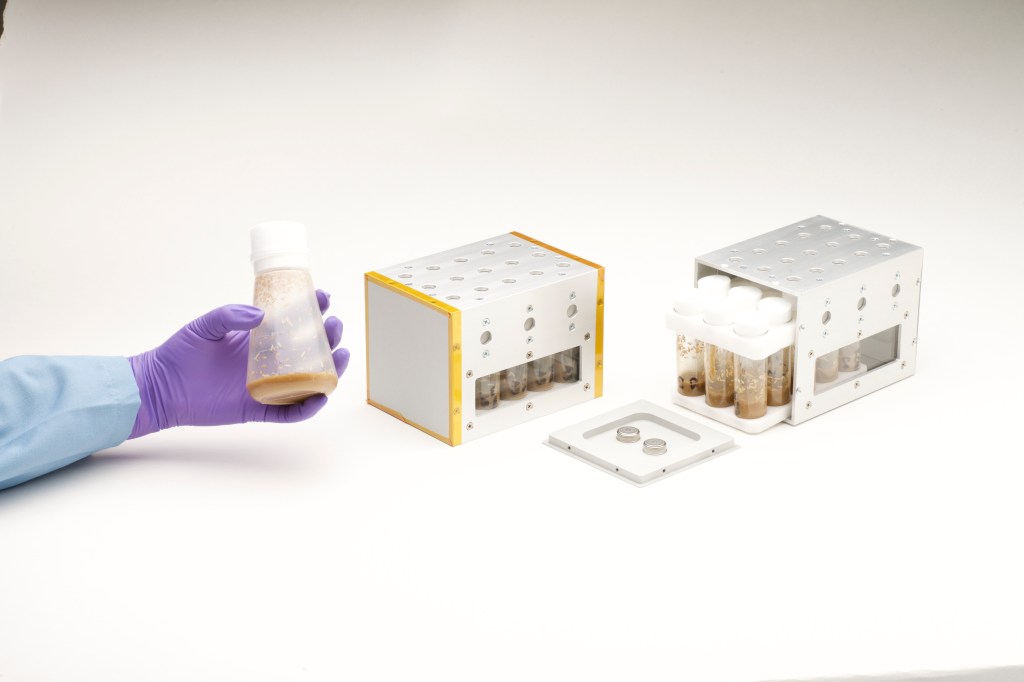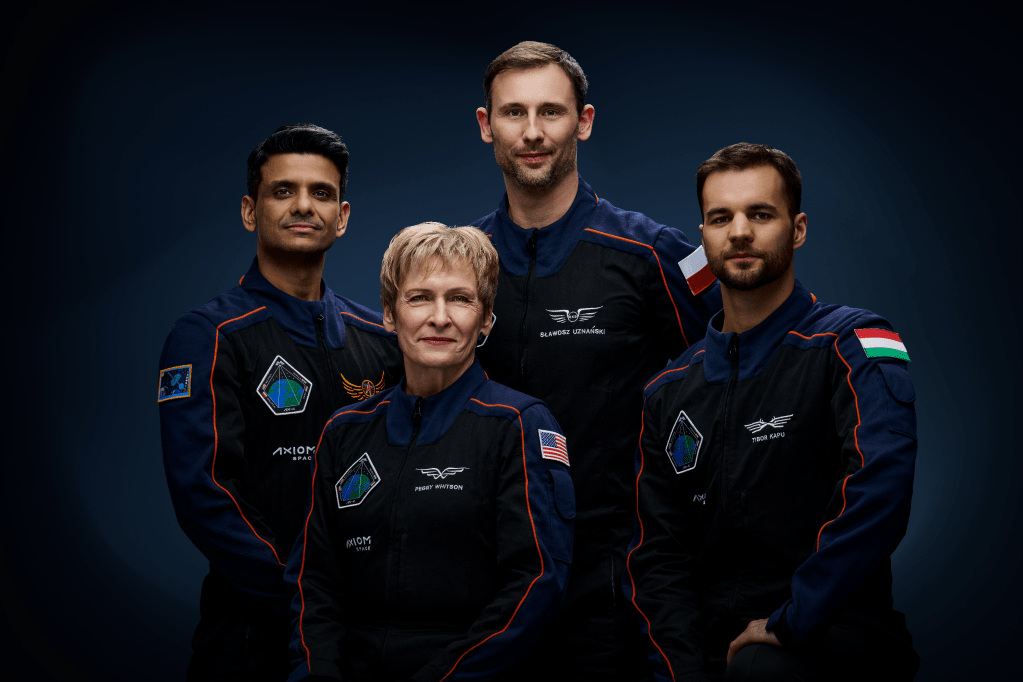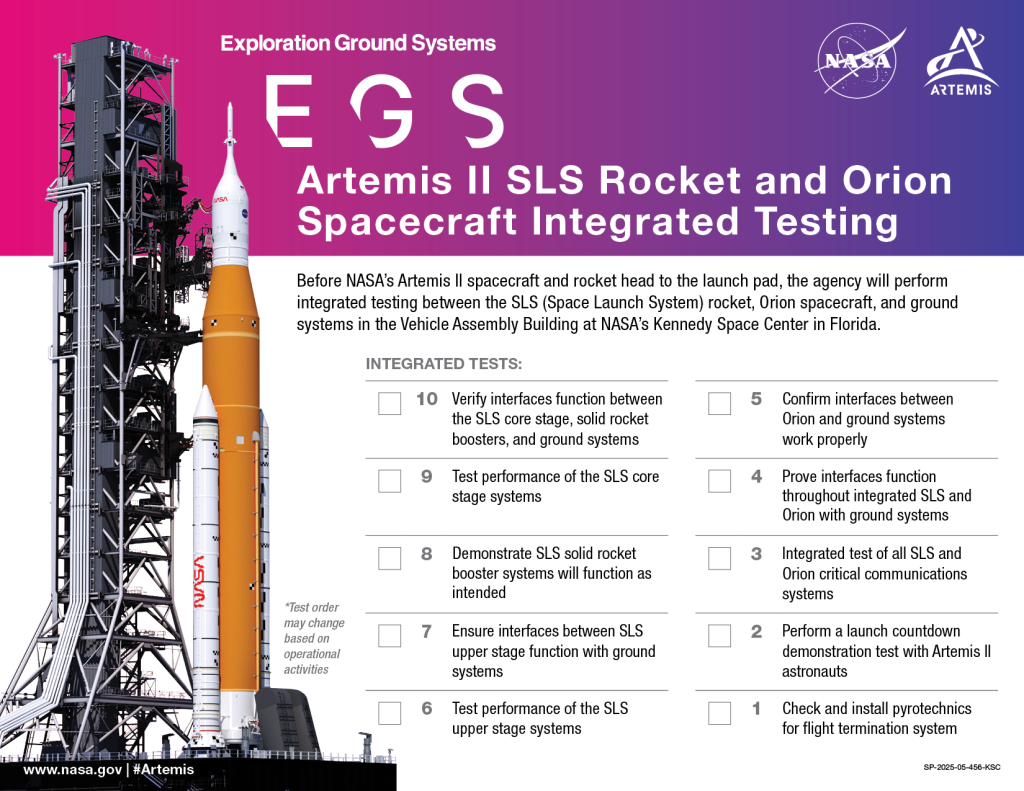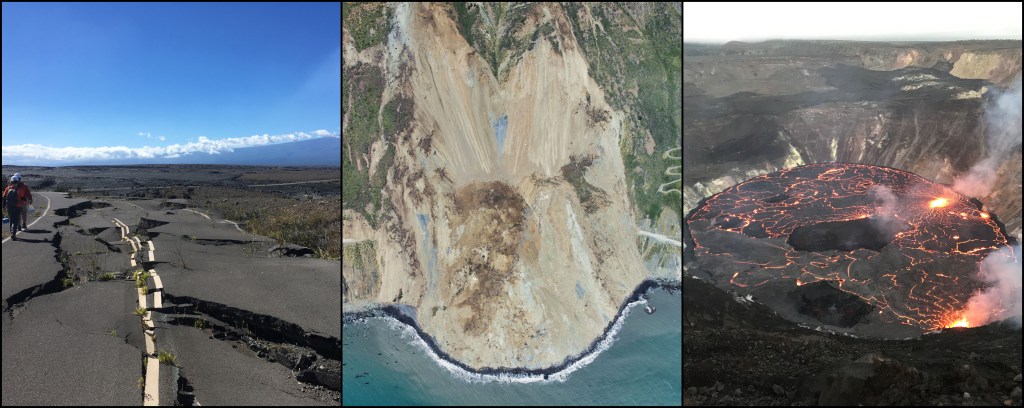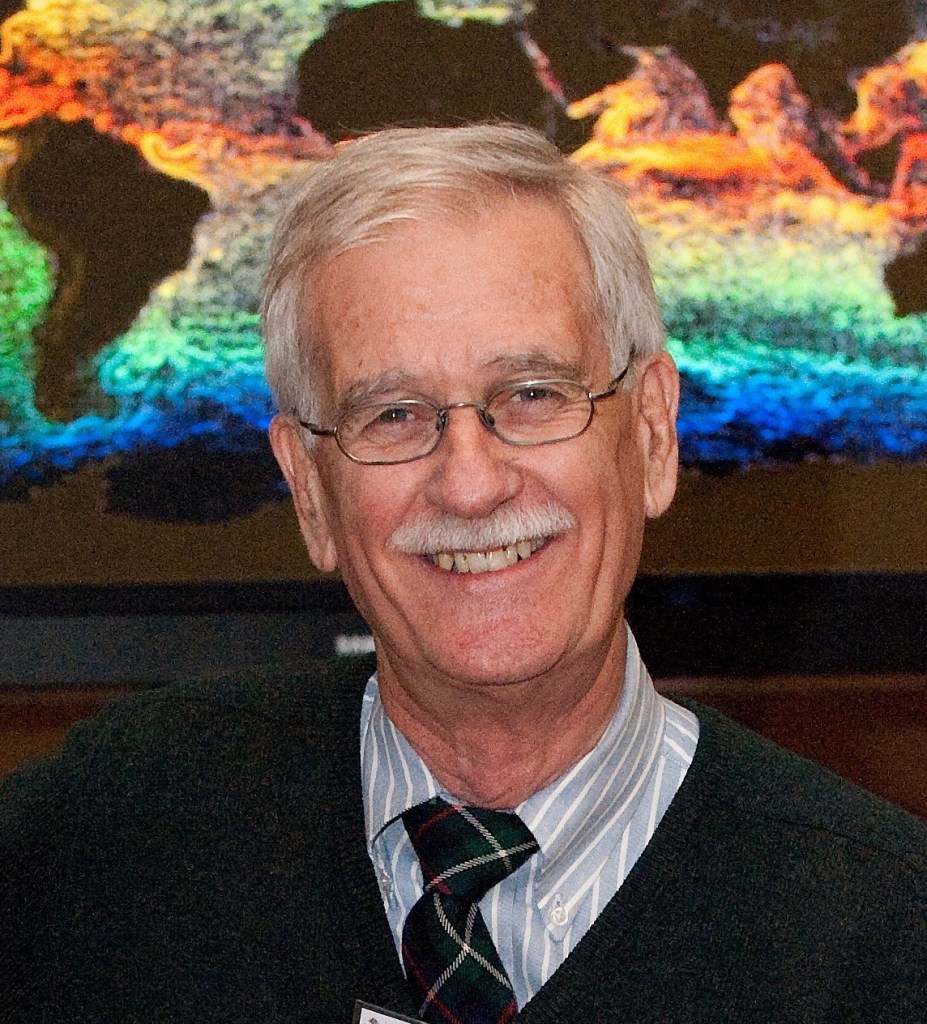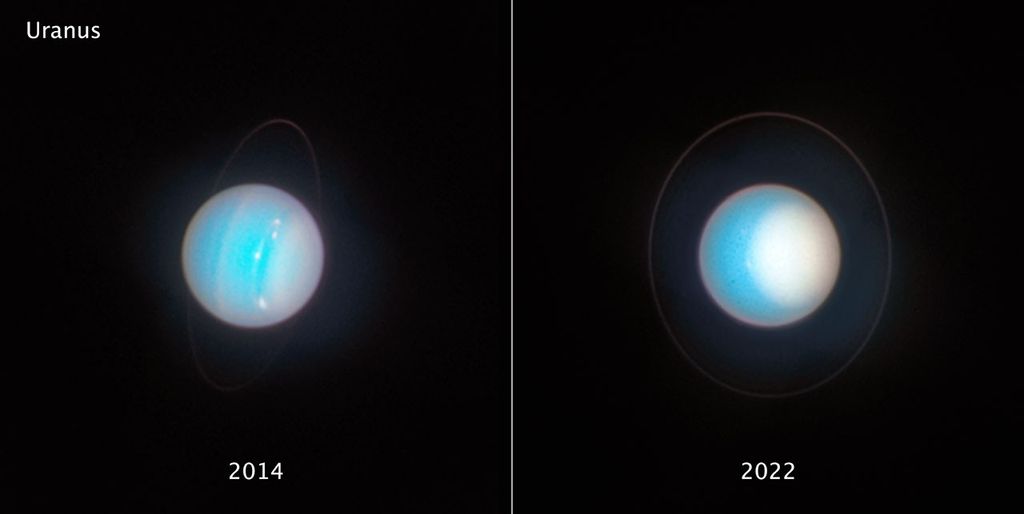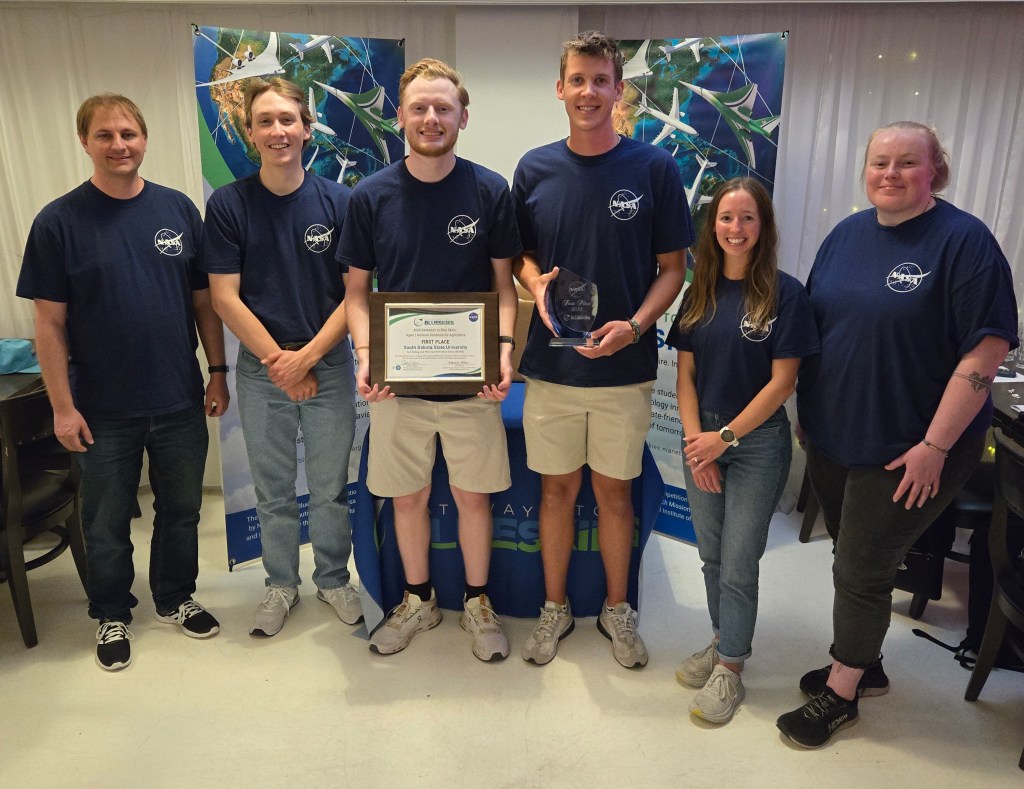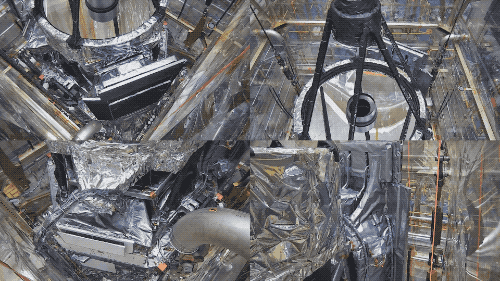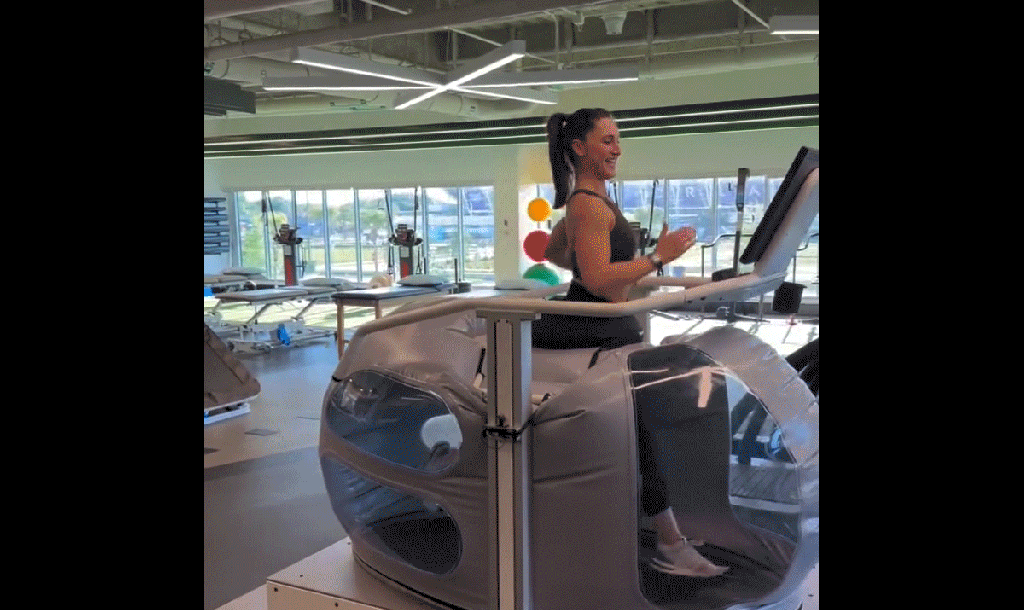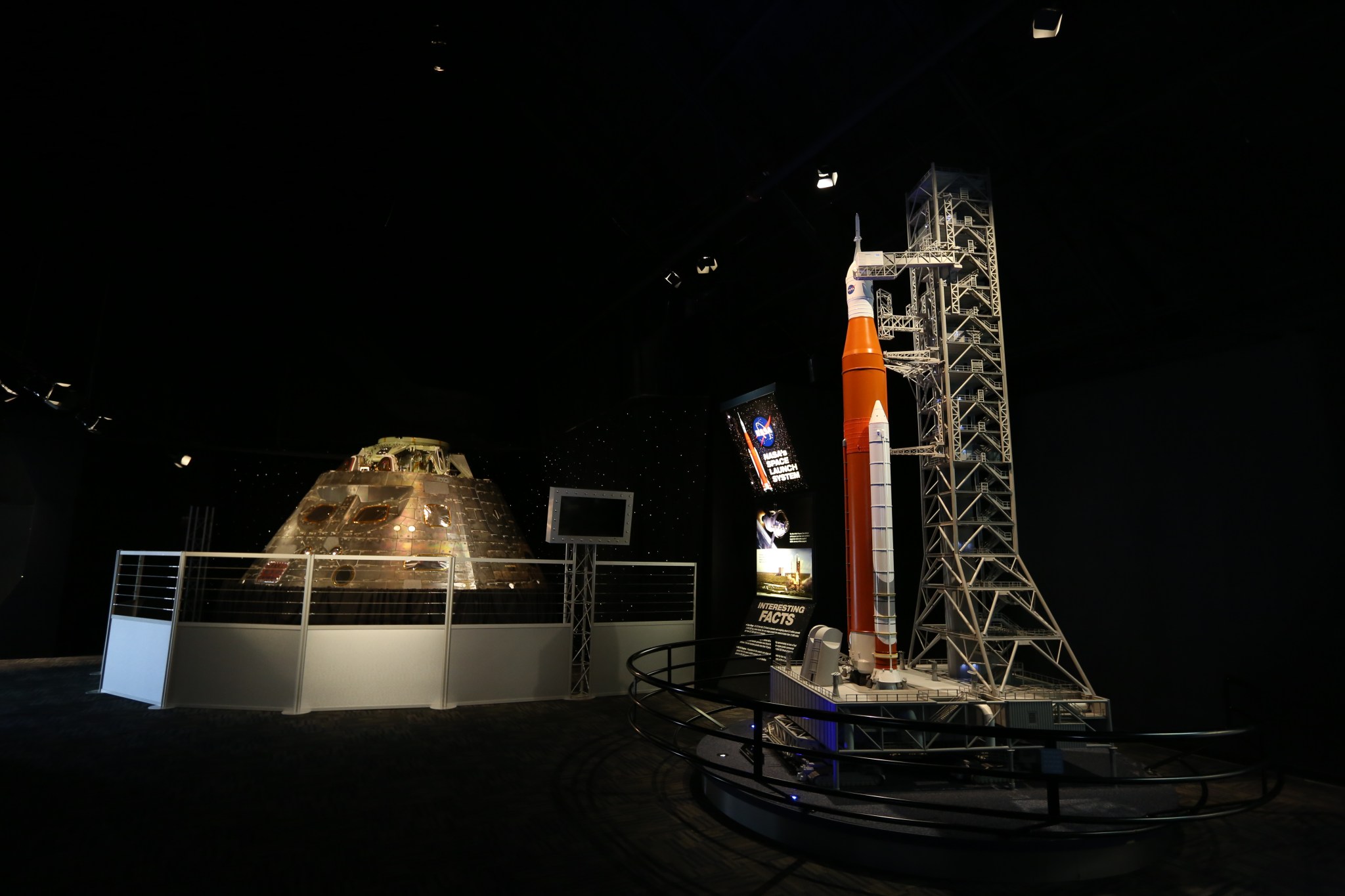
By Linda Herridge
NASA’s John F. Kennedy Space Center
The Orion crew module that traveled into space on an exciting mission beyond low-Earth orbit during Exploration Fight Test 1 (EFT-1) recently completed a different kind of trip at NASA’s Kennedy Space Center in Florida. The crew module now is on display to the public as part of the new NASA Now exhibit inside the IMAX Theater at nearby Kennedy Space Center Visitor Complex. It joins other U.S. flown spacecraft from the Mercury, Gemini, Apollo and Space Shuttle Programs.
“It’s really exciting to grow the collection of flown spacecraft at the visitor complex,” said Luis Berrios, NASA senior design specialist for the visitor complex. “We are honored to have the Orion crew module in NASA Now, an exhibit full of adventurous firsts.”
The flown crew module joins the first SpaceX Dragon cargo module flown to the International Space Station and an engineering model of a Boeing CST-100 pressure vessel already on display. A 1:25 scale model of NASA’s Space Launch System and Orion spacecraft, atop a mobile launcher, offer a glimpse of future launches from Kennedy, including the agency’s Journey to Mars.
“I am very pleased that the crew module is in a place where it can be viewed by the public,” said Scott Wilson, Orion Production manager. “I am hopeful that it will help to inspire today’s children to become the scientists, engineers and explorers of tomorrow.”
A 1:20 scale model of the Sierra Nevada Corp.’s Dream Chaser also is on display.
A full-scale engineering model of the Vector Space vehicle is suspended near the entrance of the NASA Now exhibit.
To prepare the crew module for display, workers re-installed the tile-covered back shells and other components that were removed for analysis and inspections after its flight. Protective covers were placed over the base of Orion to protect the area where the heat shield would be. Secured on a custom-made ground support equipment transporter, Orion was moved from the Neil Armstrong Operations and Checkout (O&C) Building airlock to the visitor complex, less than three miles down the road.
The Orion spacecraft launched atop a United Launch Alliance Delta IV rocket Dec. 5, 2014, from Space Launch Complex 37 at Cape Canaveral Air Force Station in Florida. The spacecraft built for humans traveled 3,604 miles above Earth and is the first U.S. spacecraft to go beyond low-Earth orbit in 42 years. The Orion crew module splashed down approximately 4.5 hours later in the Pacific Ocean, 600 miles off the shore of California.
“Orion’s first flight test will always hold a special place in the hearts of those of us who had the privilege of being involved in building and flying her,” Wilson said. “EFT-1 was the first of the stepping stones that will return humans to deep space.”
Wilson said the next step, Exploration Mission-1, is taking shape today in the O&C high bay with the Orion crew module preparing for its first power-up this summer in preparation for a launch atop NASA’s Space Launch System. Completion of the EM-1 mission will push the bounds of human capable exploration deeper into space than ever before.





